There are various methods to eliminate facial acne, but many people prefer to avoid chemical compounds, clinical techniques, and oral medications. In such cases, knowing about effective natural remedies for home treatment of acne can be very helpful.
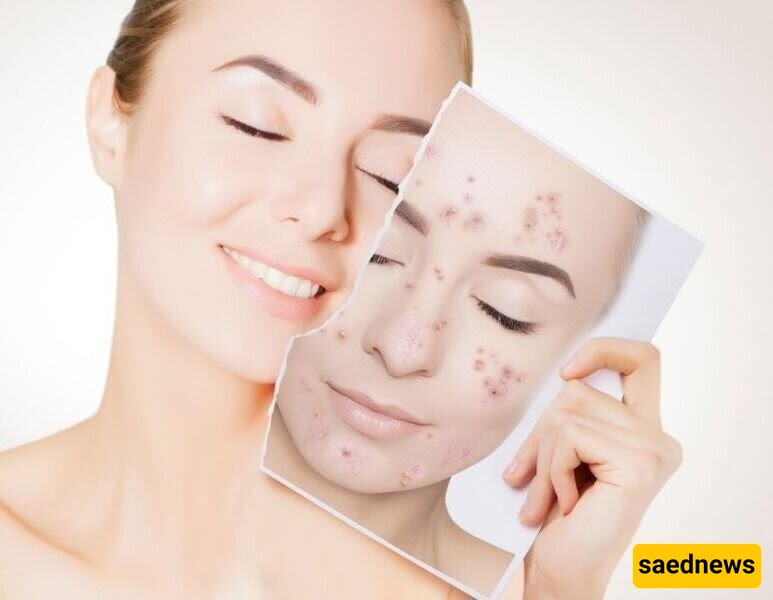
Many home treatments can help balance skin oil levels, reduce inflammation, eliminate bacteria, prevent acne formation, and treat facial acne. These treatments include essential oils, medicinal plants, natural supplements, and some simple lifestyle changes. In this article, you will learn about home remedies for acne treatment, natural ingredients available for removing acne scars, and how to use them. Stay with us!
Have you ever met someone who claimed never to have had a single pimple on their face or body? Such a claim would seem miraculous! Most people experience acne at some point in their lives. Almost everyone develops acne during adolescence, and it is also common among adults.
Acne usually appears on the face, but in many cases, other parts of the body may also be affected. The severity of acne can range from a small red inflammatory pimple to severe acne that leads to scarring.
In general, acne occurs when your skin pores become clogged, preventing the natural oil from exiting. This buildup of oil beneath the skin’s surface causes bumps and promotes the growth and multiplication of acne-causing bacteria. A significant portion of acne is also linked to poor lifestyle choices, diet, and excessive stress.
Below, you will find natural ingredients and how to use them to treat acne.
Tea tree oil is a natural antifungal, antibacterial, and anti-inflammatory substance. This means it can eliminate Propionibacterium acnes, the bacteria responsible for acne. The anti-inflammatory properties of tea tree oil also help reduce swelling and redness of pimples.
You can apply tea tree oil extract in the form of a cream, gel, or essential oil directly to acne spots. If using essential oil, be sure to dilute it in a carrier oil first. Mix two drops of tea tree oil with one tablespoon of pure coconut oil and apply it to the acne-affected area.
Witch hazel, also known as Hamamelis, is one of the best-known remedies for acne scars. This plant acts as a natural astringent that controls inflammation and redness while reducing bacterial growth on the skin.
Soak one tablespoon of witch hazel bark in a cup of water for 30 minutes. Then, bring the mixture to a boil on the stove. Cover the pot, lower the heat, and let it simmer for another 10 minutes.
Remove it from the heat and let it cool for 10 minutes. Strain the liquid and store it in a sealed container. You can apply it once or twice a day using a cotton ball on clean skin.
If preparing witch hazel traditionally is difficult, you can use gels, wipes, and other products containing witch hazel.
Jojoba oil is a natural waxy substance extracted from the seeds of the jojoba plant. The waxy compounds in jojoba oil help repair damaged skin, which means it can accelerate the healing of wounds, including acne scars.
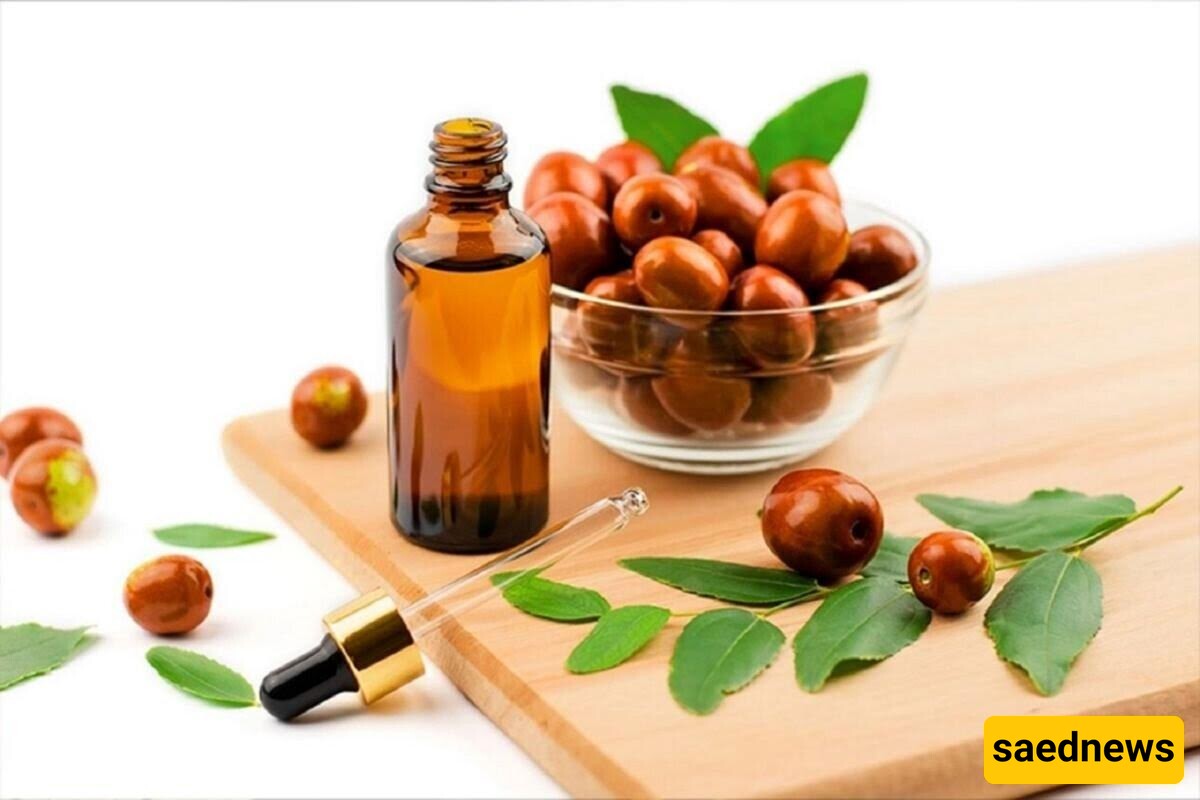
Some compounds in jojoba oil may also help reduce skin inflammation by decreasing redness and swelling around pimples, whiteheads, and other inflamed skin lesions.
If possible, mix jojoba oil with a clay mask, gel, or cream before applying it to acne spots. Alternatively, you can put a few drops on a cotton pad and gently rub it over the affected area.
The benefits of olive oil are widely known. This oil is not only good for overall health but also serves as an effective home remedy for acne. Since olive oil has antioxidant and anti-inflammatory properties, it helps treat acne.
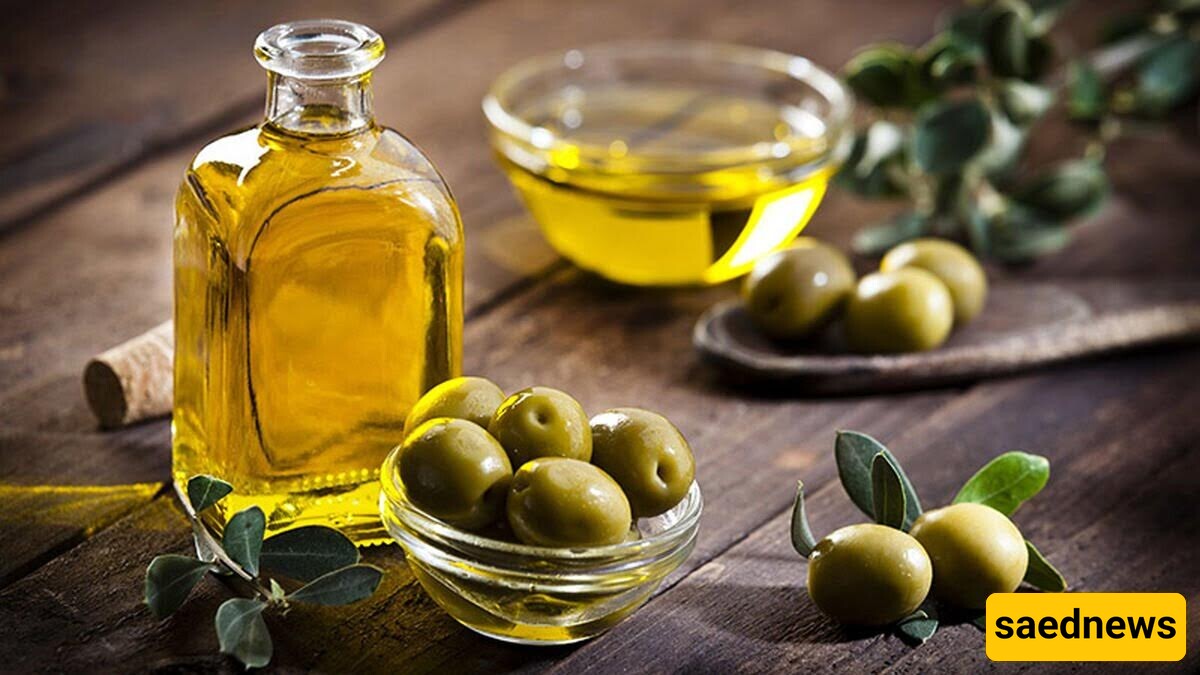
Moisturized skin heals acne and scars faster than dry skin, and olive oil is excellent for this because it provides hydration without clogging pores—as long as it is properly cleansed afterward.
Apply two drops of olive oil to your face. Then, place a warm, damp towel gently on your skin to open the pores and allow the oil to penetrate. Finally, cleanse your face with lukewarm water and a dry, clean pad. Any remaining oil will be absorbed gradually.
Lemon is a natural bleaching agent that helps lighten acne scars. It removes dead skin cells, promotes the growth of new cells, and improves skin elasticity.
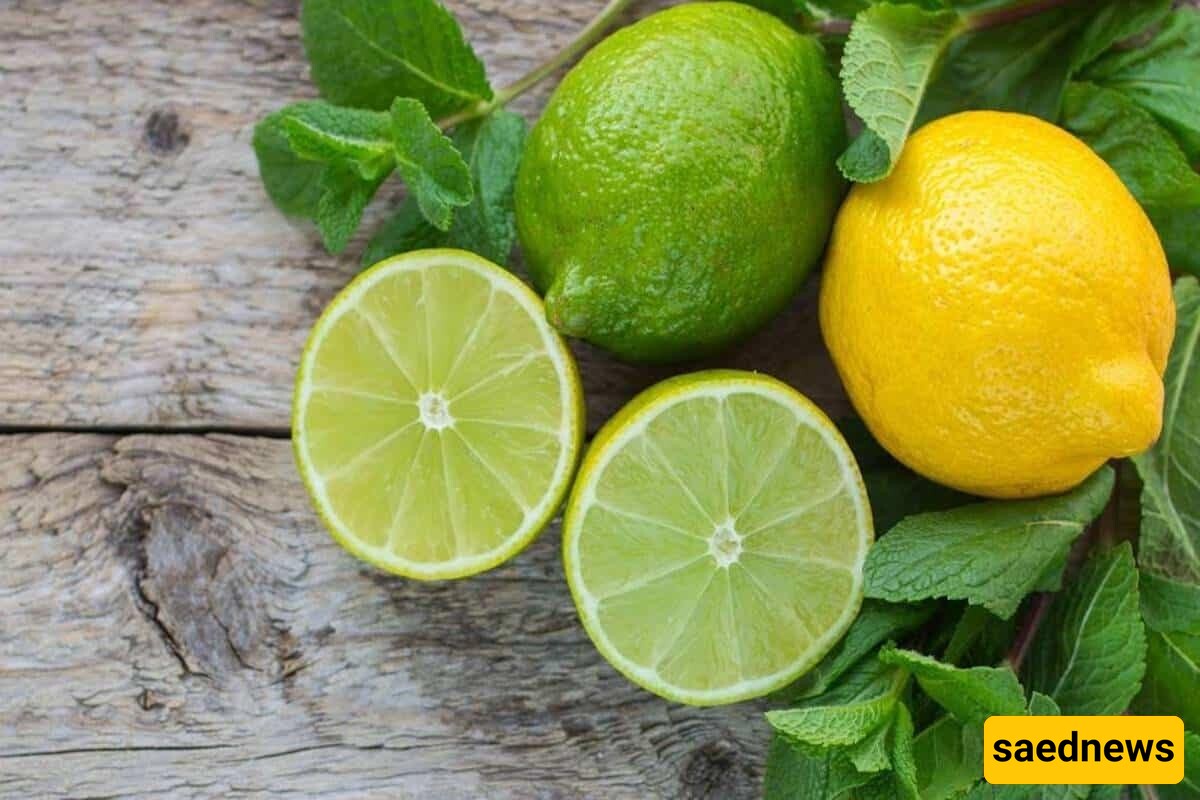
To use lemon juice as an acne treatment, try the following methods:
Apply fresh lemon juice directly to acne spots using your fingertips or a cotton ball. Leave it for about 10 minutes, then rinse your face with water. Repeat this once or twice a day.
Mix equal amounts of lemon juice and honey. Apply the mixture to acne scars using a cotton swab and leave it for 10–15 minutes before washing it off. Do this once a day.
Mix one teaspoon of lemon juice with one teaspoon of vitamin E oil. Apply it to acne scars before bedtime and wash it off in the morning. Repeat nightly.
Note: Be cautious when using lemon juice under the eyes, as the skin in this area is very delicate and may be damaged by acidic compounds.
Green tea contains a high concentration of polyphenol antioxidants called catechins, making it a great home remedy for acne. Many people with acne have excess sebum (natural oil) and a deficiency of antioxidants in their skin.
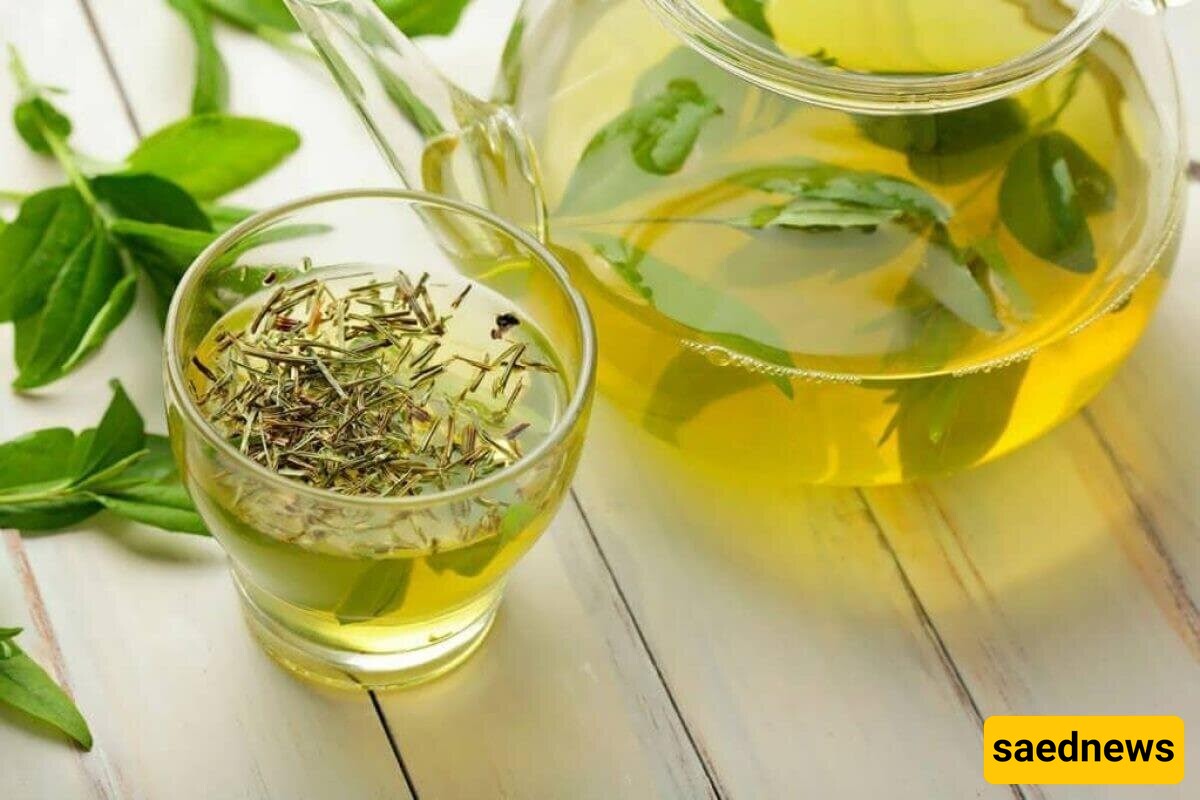
Antioxidants help the body break down harmful chemicals and waste that could damage healthy cells. Green tea helps cleanse open comedones (blackheads) and clogged pores.
You can benefit from green tea by drinking it or applying its extract to the skin.
Potatoes are rich in starch, which helps fade acne scars and skin blemishes. To use potatoes for acne scars, follow these methods:
Grate a potato and extract its juice using a cloth. Apply the juice to acne scars, leave it for 20 minutes, and then rinse.
Gently rub a thick slice of potato on your skin for one minute, leave the juice on your face for 15–20 minutes, then rinse.
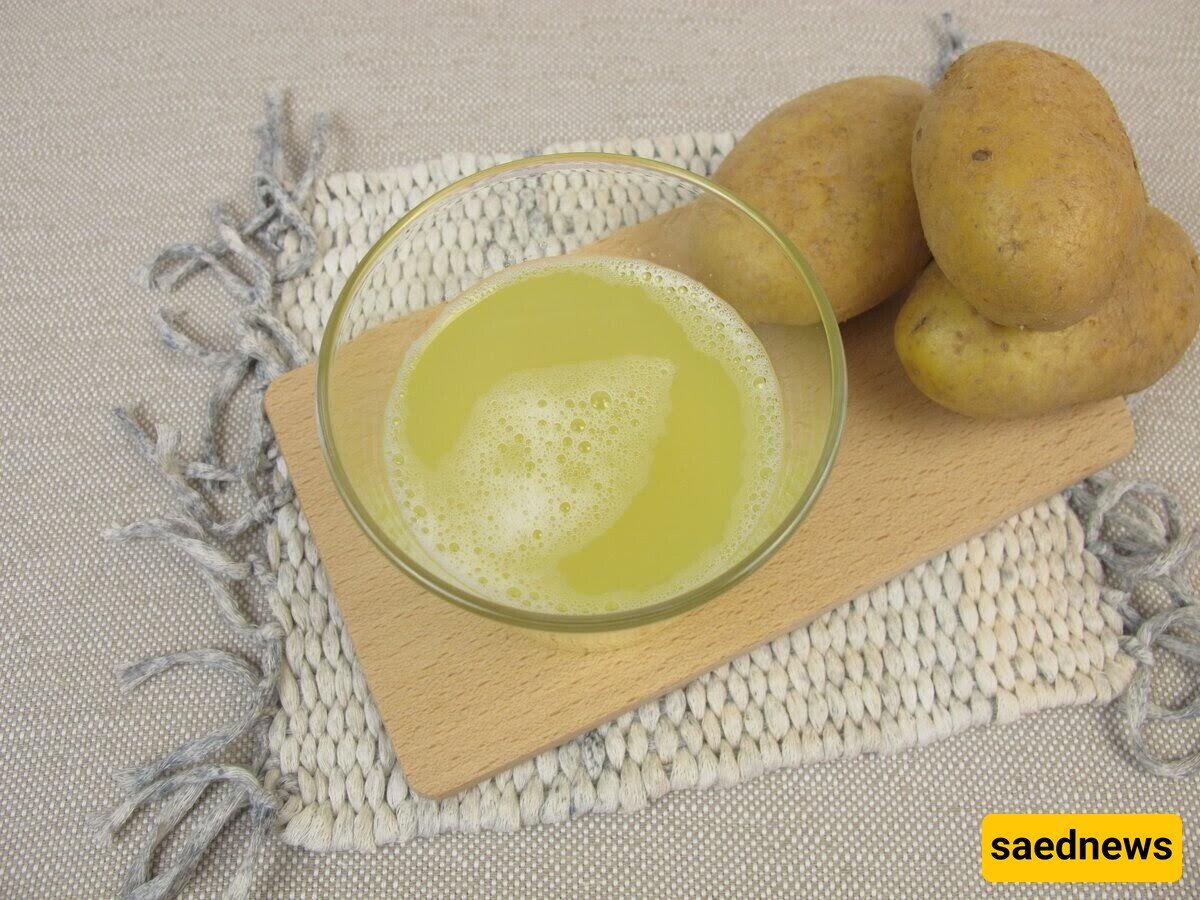
Coconut oil is widely known for its skin and hair benefits. Research confirms that it is a rich source of vitamin E and fatty acids, making it effective in healing acne scars and maintaining skin health.
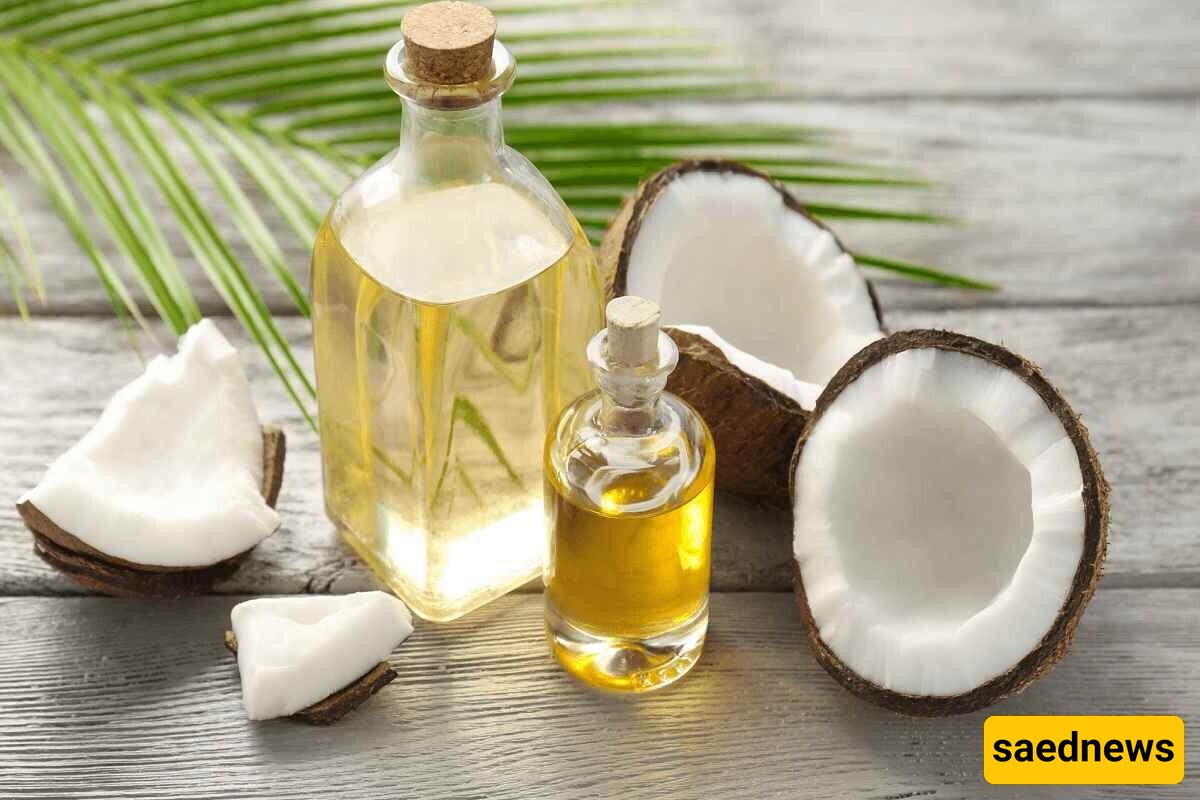
To use coconut oil for acne removal, follow these methods:
Warm some coconut oil and apply it to your acne spots. Massage gently for 5–10 minutes, leave it for an hour, then rinse with lukewarm water.
Mix two drops of lavender oil with a tablespoon of coconut oil. Apply it to acne-prone areas and massage for a couple of minutes. Leave it for 20–30 minutes, then rinse with lukewarm water. Use this method once or twice daily for a few weeks.
Some people use ice to reduce inflammation, redness, and pain from pus-filled pimples. However, this method is not scientifically proven to eliminate acne completely. Instead, cold therapy helps reduce blood flow to the affected area, temporarily reducing swelling.
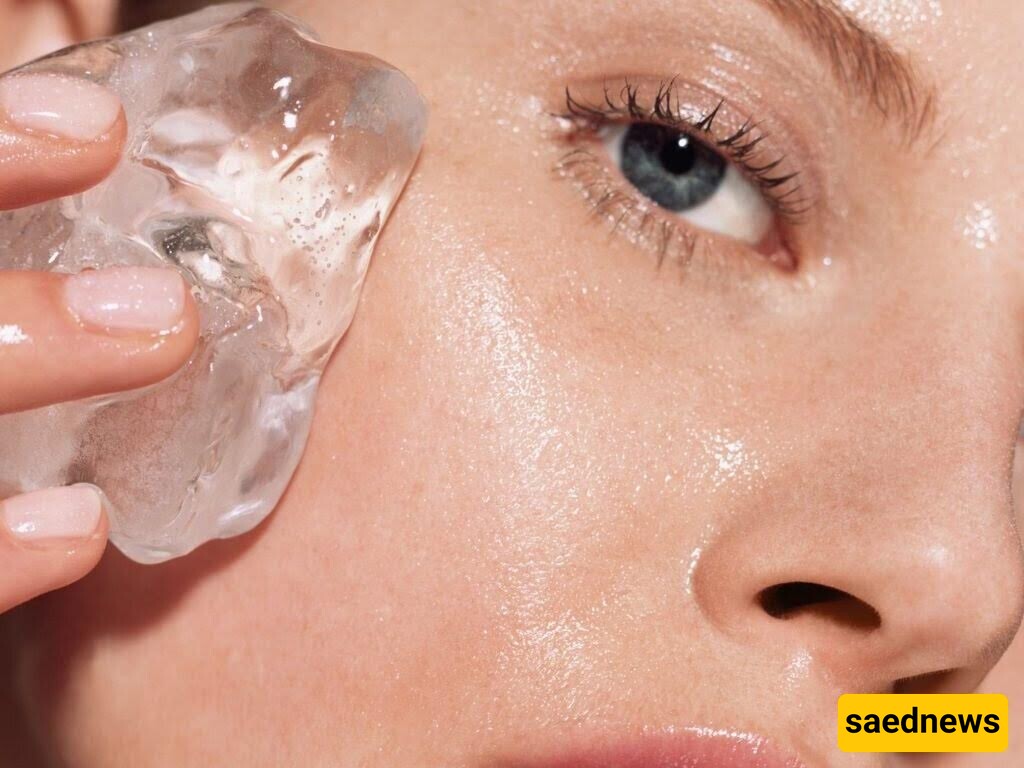
Since ice can numb the skin, it may also relieve pain temporarily. However, be careful to prevent frostbite or cold-induced hives. Never place ice directly on the skin.
Homemade face masks are among the best options for treating acne. These masks offer several benefits, including skin rejuvenation, hydration, and oil control. Here are two effective natural masks:
Avocado and Honey Mask
Mash one ripe avocado and mix it with one tablespoon of honey and half a lemon. If your skin is sensitive, use less lemon juice. Apply the mask for 5–10 minutes.
Charcoal Mask
One of the best and most effective ways to eliminate facial acne is by using a charcoal mask. Mix 1 tablespoon of activated charcoal with 1 tablespoon of aloe vera gel or honey, and add 1 drop of tea tree essential oil. Apply this mask to your skin for about 10 to 15 minutes.
Aloe Vera Mask
Mix 2 tablespoons of aloe vera gel with one egg white and 2 drops of tea tree essential oil. Apply the mixture to your skin and leave it on for 10 minutes.
Pomegranate Peel Mask
To get rid of facial acne, mix 2 teaspoons of pomegranate peel powder with some rose water to form a paste. Apply it to your skin and wash it off after 5 to 10 minutes.
Egg White Mask
Mix some starch, rose water, and egg white until the consistency is neither too runny nor too thick. Apply it to your skin for 10 minutes.

